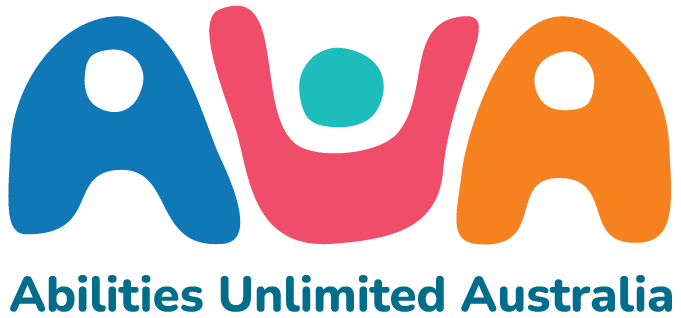Communication: Gay von Ess OAM
Communication between people is critical if learning is the goal!
Communication is the process which happens when one person sends a verbal message or non-verbal message to another person:
Look
Hand gesture
Body action
Words
Signs
Two-way communication only occurs when the people involved respond to one another. This back-and-forth interaction is critical for learning and socialisation and is thus an important part of cyclabilities.
People with ASD have difficulty with the following critical parts of communication:
Initiating an interaction with others
Responding to others
Interacting to show people things
People with other disabilities may also encounter some of these problems.
In addition, people with ASD are visual and literal learners .DO NOT assume that they always understand what you are saying! This is often not so and may result in a major communication breakdown.
Keep your communications literal, short and simple, if possible, saying the child’s name first, so that the child can focus and understand.
Avoid using negative language when you are talking to the children and their parents. This may seem difficult but with practice it becomes easier.
Give participants time to respond to the information you give them. You can help them be more successful by slowing down the presentation of skills and giving them enough freedom to work at their own pace.
Use vocabulary appropriate for the level of understanding and capabilities of the participants in your class.
Use visual supports, social stories and sign to support learning.
Give participants time to respond to the information you give them.
You can help them be more successful by slowing down the presentation of skills and giving them enough freedom to work at their own pace.
Use vocabulary appropriate for the level of understanding and capabilities of the participants.
Use visual supports, social stories and sign to support learning.
Praise and support:
Avoid expressions like “Good boy/girl,” “Well done,” “Good job” as they are not specific enough for the participant to know what he has done that you actually LIKE.
Avoid “Gentle Hands” as most people would have to think before realising that this actually means “Hands down.”
Be careful using Hi 5 as some children get very excited and may be too rough; other children may be wary of the noise.
Be aware that not all children understand concepts like ‘Before and After.’
Gay von Ess OAM
ASD Autism Consultant
July 2022.
